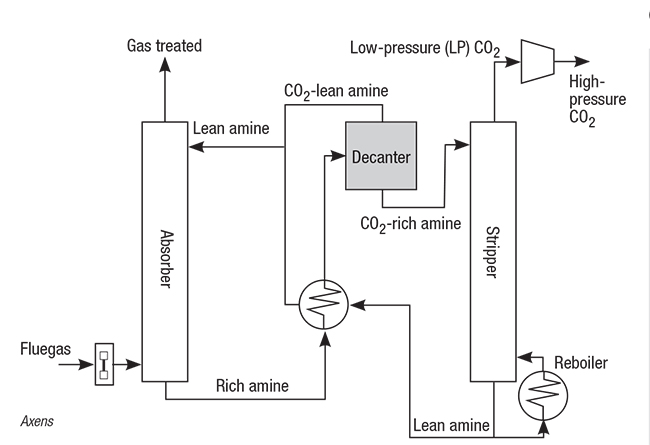European Project Aims to Develop CCS Technology on an Industrial Scale

By Gerald Ondrey
July 2, 2019 - Last month, a consortium of 11 European partners, including ArcelorMittal, Axens, IFP Energies nouvelles (IFPEN) and Total, launched a project to demonstrate an innovative process called DMX for capturing CO2 from industrial activities. It is part of a more comprehensive study dedicated to the development of the future European Dunkirk North Sea Capture and Storage Cluster.
The 3D project (DMX Demonstration in Dunkirk) is part of Horizon 2020, the E.U’s research and innovation program. The four-year, €19.3-million project is coordinated by IFPEN, and has three main objectives: 1) to demonstrate the effectiveness of the DMX process on a pilot scale; 2) prepare the implementation of a first industrial unit at the ArcelorMittal site in Dunkirk, which could be operational starting in 2025, capturing 1 million metric tons per year (m.t./yr) of CO2; 3) design the future European Dunkirk North Sea Cluster, which should be able to capture, pack, transport and store 10 million m.t./yr of CO2 and should be operational by 2035.
The pilot, designed by Axens (Rueil-Malmaison, France; www.axens.net), will be built starting in 2020 at the ArcelorMittal steelworks site in Dunkirk and will be able to capture 0.5 m.t./h of CO2 from steelmaking gases by 2021. It will use the patented DMX process, which stems from IFPEN’s Research and will be licensed by Axens.

The DMX process (flowsheet) is based on a specific amine solvent that separates into two liquid phases for specific CO2 loadings or temperature condition: one having a high CO2 loading. Separating the two phases in a decanter makes it possible to reduce the mass of solvent that has to be regenerated. This reduces the energy consumption for capture by nearly 35% compared to conventional monoethylamine (MEA) reference process. Additionally, using the heat produced on site will cut capture costs in half, to less than €30/m.t. of CO2, says Axens.

